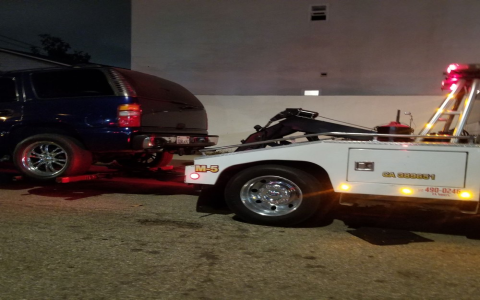Alright, let me tell you about my little “tow truck chasers” adventure. It all started when I was trying to improve my traffic analysis project.

First, I needed data. Real, raw data. Not the sanitized stuff you find in textbooks. I figured, where’s the best place to see traffic incidents in action? Tow trucks, duh! So, I set out to capture some real-time action.
I built a basic setup: a Raspberry Pi, a GPS module, and a cellular dongle for internet. My idea was to stick this thing in my car and drive around, logging GPS coordinates and timestamps. Pretty simple, right?
Then, I wrote a Python script to do the actual logging. It wasn’t rocket science – just reading the GPS data, formatting it, and saving it to a file. I made sure to include error handling because, you know, things always go wrong. Plus, a simple function to ping a remote server to signal that the data was being recorded.
Next up, the “chase” part. I’d listen to the police scanner (digitally, of course) for reports of accidents or disabled vehicles. Whenever I heard something promising, I’d fire up my car and head in that direction. I wasn’t trying to be reckless, just documenting the routes tow trucks were taking. Safety first!
Data Cleaning and Analysis: The raw data was a mess. GPS inaccuracies, signal dropouts, and random noise everywhere. I spent a lot of time cleaning it up with Pandas. Removing outliers, smoothing the data, and converting timestamps were the biggest tasks. Once the data was cleaner, I used Matplotlib and Seaborn to visualize the tow truck routes on a map. Heatmaps showing the areas with the highest tow truck activity were particularly insightful.

I ran into a bunch of problems along the way. The GPS signal would sometimes drop out in dense urban areas. The cellular connection was spotty in rural areas. My Raspberry Pi crashed a few times. It was a pain, but I learned a lot about troubleshooting embedded systems.
- Power Management: Ensuring the Raspberry Pi had enough power throughout the logging sessions.
- Data Storage: Managing the data storage efficiently to avoid running out of space.
The most exciting part was when I started seeing patterns. I identified accident hotspots and areas where tow trucks were consistently dispatched. It wasn’t groundbreaking stuff, but it was cool to see the data validate my observations.
I even tried predicting tow truck demand based on weather data and traffic conditions. It was a bit of a stretch, but I got some interesting results. Nothing accurate enough to start a tow truck company, but it was a fun experiment.
So, yeah, that’s my “tow truck chasers” story. It was a fun project that taught me a lot about data collection, data analysis, and the importance of a good cup of coffee when you’re up all night debugging.










